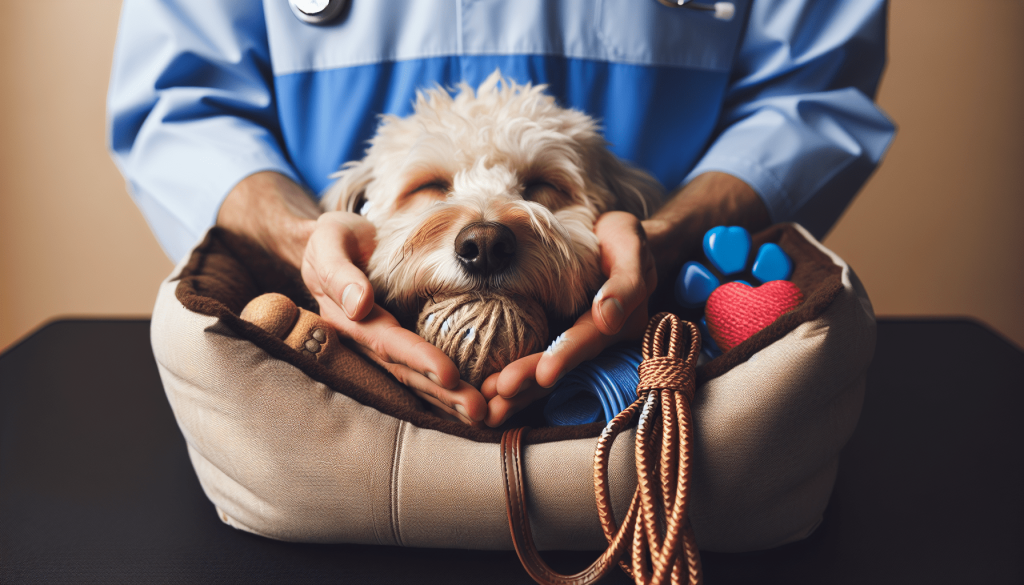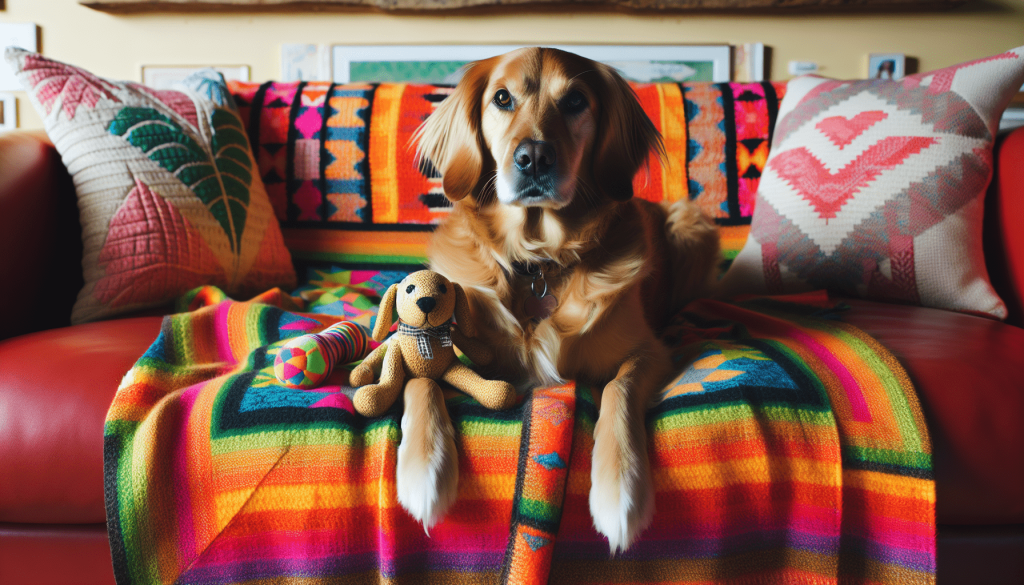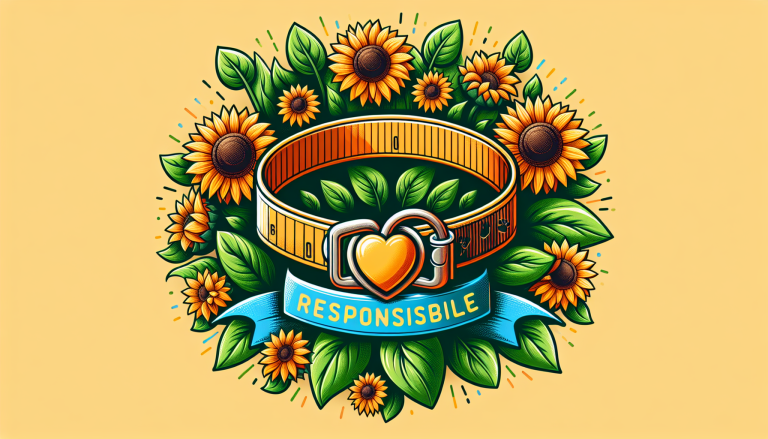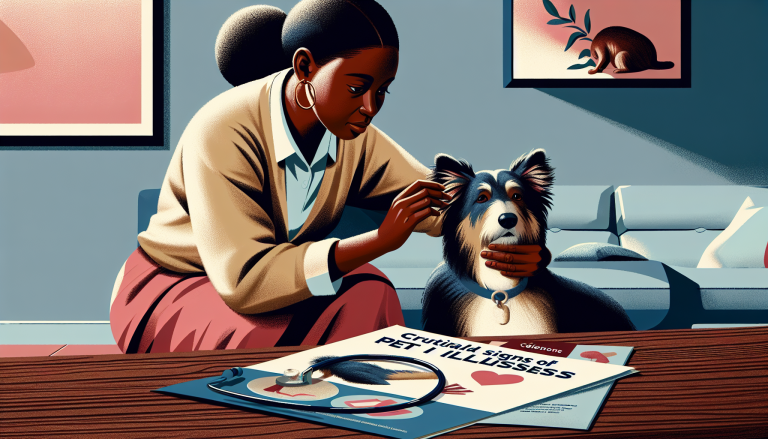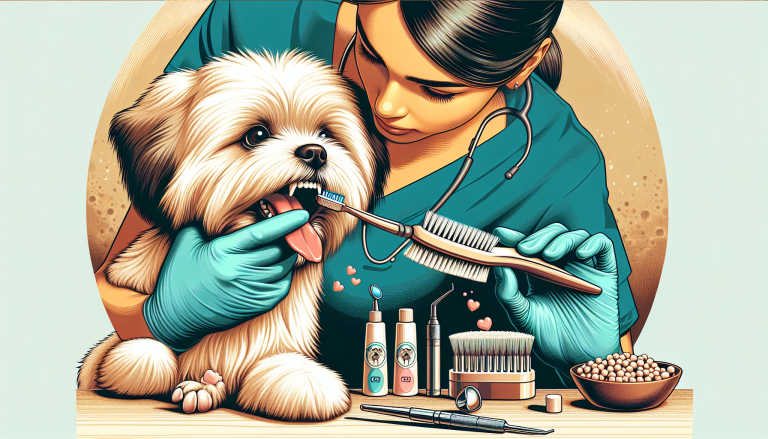Taking your furry friend to the vet can often be a stressful experience, both for you and your dog. However, with a few simple steps, you can help alleviate anxiety and ensure a smoother visit. From familiarizing your dog with the vet’s office to desensitizing them to the various tools and procedures they may encounter, this article will provide you with practical tips and strategies to prepare your dog for their next veterinary visit.
Table of Contents
ToggleChoosing the Right Vet
When it comes to your furry friend’s health, choosing the right veterinarian is crucial. Researching local veterinarians is the first step in finding the perfect fit for you and your dog. Ask for recommendations from friends, family, and neighbors who have pets of their own. Reading reviews can also provide valuable insights into the quality of care provided by different veterinarians in your area. Look for clinics with positive feedback and high ratings.
When considering a veterinarian, it’s important to take into account their expertise and specializations. Some veterinarians may have additional training or certifications in specific areas such as dentistry, orthopedics, or behavior. Depending on your dog’s needs, it could be beneficial to choose a veterinarian who specializes in a certain field. A vet with expertise in, for example, dog behavior may be particularly helpful if your dog struggles with anxiety or fear at the vet’s office.
Familiarizing Your Dog with the Vet
Taking your dog to the vet can be a stressful experience for both of you. To make visits more enjoyable and less anxiety-inducing, it’s a good idea to familiarize your dog with the veterinary clinic. Take your dog for short and positive visits to the clinic when there is no medical appointment scheduled. Allow your dog to explore the waiting area and exam rooms, getting used to the sights, sounds, and smells of the clinic.
During these visits, make sure to provide treats and praise to create positive associations with the vet. Offering a special treat or toy that your dog loves can help make the experience more enjoyable. By associating the clinic with positive experiences, your dog will be more likely to feel comfortable and at ease during future visits.
Teaching Basic Commands
Training your dog to follow basic commands is not only useful in everyday life but also crucial for a successful vet visit. Commands such as sit, stay, and lie down can help you keep your dog calm and cooperative during examinations or procedures. Practice these commands at home in a distraction-free environment and gradually introduce them in more challenging situations.
In addition to basic commands, it’s important to teach your dog calm behavior and gentle handling techniques. Dogs that can stay calm and relaxed during vet visits are less likely to experience stress or anxiety. Reward calm behavior with treats and praise, reinforcing the positive association with going to the vet.
Desensitizing Your Dog to Handling
Many dogs feel uncomfortable or anxious when they are handled by strangers, especially in a veterinary setting. To help your dog become more comfortable, gradually introduce gentle handling techniques. Start by gently touching and inspecting different areas of your dog’s body, such as the paws, ears, and tail. Use positive reinforcement, such as treats and praise, to associate handling with rewards.
As your dog becomes more comfortable with handling, you can gradually expose them to common veterinary procedures such as ear cleaning or nail trimming. Start with short and gentle sessions, rewarding your dog for calm behavior. With time and patience, your dog will become desensitized to these procedures, making vet visits much less stressful for both of you.
Managing Anxiety and Fear
It’s important to recognize the signs of anxiety and fear in your dog. Some common signs include trembling, panting, pacing, and avoidance behaviors. If your dog exhibits these signs during vet visits, there are several relaxation techniques that can help.
Massage therapy can be a great way to relax your dog before or during a vet visit. Gently massaging your dog’s neck, shoulders, and back can help release tension and promote relaxation. Additionally, playing calming music or using specially designed anxiety wraps that apply gentle pressure can help soothe your dog’s nerves.
For more severe cases of anxiety, pheromone sprays or diffusers can be effective in creating a calming atmosphere. These sprays release synthetic pheromones that mimic the natural calming pheromones produced by mother dogs, helping to reduce anxiety and fear.
Preparing the Carrier or Leash
Whether you’re taking your dog to the vet by car or on foot, it’s important to prepare them for the carrier or leash. Many dogs can feel confined or restricted when placed in a carrier, especially if they are not used to it. Gradually introduce the carrier or leash as a positive and safe space by using treats, toys, and familiar scents. Associate the carrier or leash with positive experiences, such as playtime or mealtime, to help your dog view it as a source of comfort.
By getting your dog comfortable with the carrier or leash, you can make the process of getting to the vet less stressful for both of you. Remember to always use positive reinforcement and rewards to create a positive association.
Creating a Positive Association with the Vet
Bringing your dog’s favorite toys or blankets to the vet’s office can help create a positive association. These familiar items provide comfort and security, making your dog feel more relaxed in an unfamiliar environment. Additionally, encourage the vet and staff to provide treats and gentle handling during the visit. Positive interactions with the vet and staff can go a long way in making your dog feel more comfortable and at ease.
After a successful visit to the vet, reward your dog with playtime or other rewarding activities. By reinforcing positive experiences at the vet, you are helping your dog associate going to the vet with enjoyable experiences, reducing anxiety and fear in the future.
Maintaining a Calm and Confident Demeanor
When it comes to vet visits, your dog takes cues from you. It’s essential to stay calm and confident during these visits. Dogs are sensitive to their owner’s emotions, so if you are nervous or anxious, your dog will likely pick up on that and feel the same way. Use a soothing and reassuring tone of voice when interacting with your dog and the veterinary staff.
Additionally, pay attention to your body language. Tense body language or negative emotions can be sensed by your dog, increasing their anxiety levels. Maintain a relaxed and open posture to help your dog feel more at ease.
Keeping Your Dog Healthy and Well-Groomed
Regular grooming routines can help familiarize your dog with touch and handling. Brushing your dog’s fur, cleaning their ears, and trimming their nails can all be included in your regular grooming routine. By making grooming a positive and enjoyable experience, your dog will be more comfortable with similar procedures at the vet’s office.
In addition to grooming, practicing good hygiene and preventative care is crucial for your dog’s overall health. Follow your veterinarian’s recommendations for vaccinations, parasite prevention, and regular check-ups. By keeping your dog healthy, you can minimize the number of vet visits and make the ones that are necessary more efficient and stress-free.
Working with a Veterinary Behaviorist
For dogs with severe anxiety or fear, seeking professional help from a veterinary behaviorist may be necessary. These professionals specialize in diagnosing and treating behavior issues in animals. A veterinary behaviorist can develop a customized behavior modification plan tailored to your dog’s specific needs.
Under the guidance of a veterinary behaviorist, you can implement specialized training techniques to help your dog overcome their fears and anxieties. With time and patience, you can work towards building a more positive and comfortable relationship between your dog and the vet.
In conclusion, preparing your dog for a visit to the vet is essential for their well-being and the overall success of the visit. By researching and choosing the right vet, familiarizing your dog with the clinic environment, teaching basic commands, desensitizing them to handling, managing anxiety and fear, preparing the carrier or leash, creating positive associations, maintaining a calm demeanor, keeping them healthy and well-groomed, and seeking professional help when needed, you can ensure that vet visits are as stress-free as possible for you and your furry friend. Remember, a little extra effort in preparation can go a long way in ensuring your dog’s comfort and health during their vet visits.


